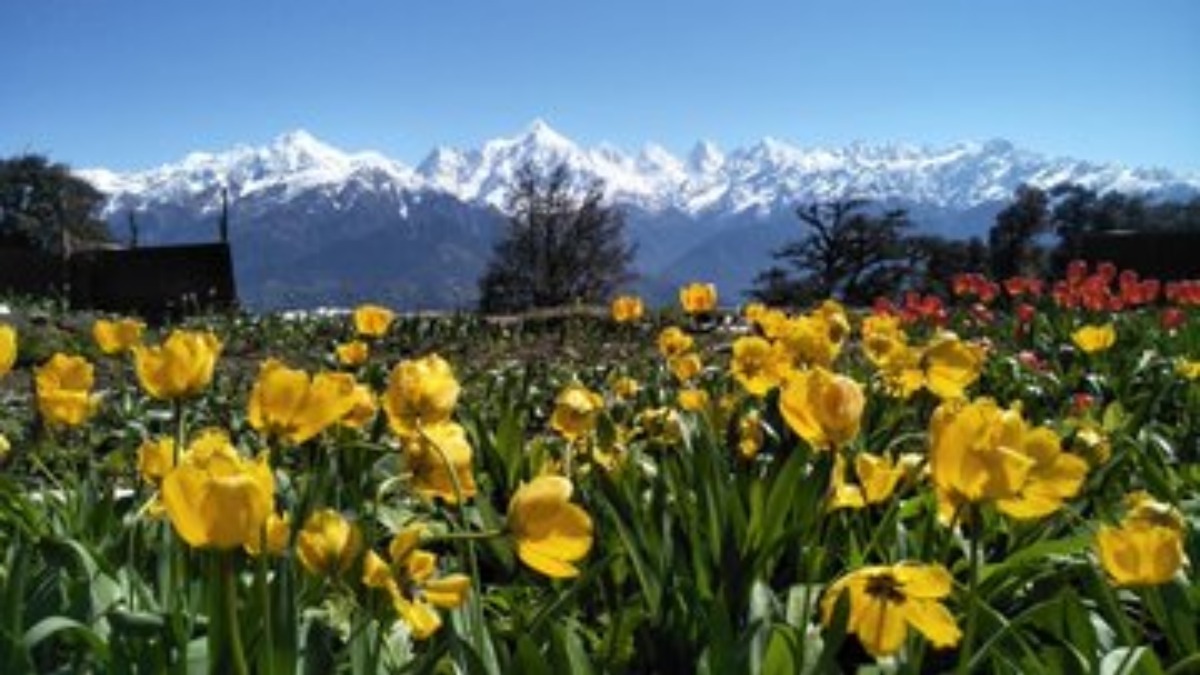


Uttarakhand Forest’s research wing again added a feather in its cap by turning a stinking place into an aromatic garden. The place’s name is Lalkuan of Uttarakhand which used to stink with foul smell due to the stench of certain industrial units. This Aromatic Garden has 140 different species of aromatic species making it the biggest aromatic Garden of India; It has been established in an area of around 3 Acre, in Lalkuan.
According to the Chief Conservater of Forest (Research) Sanjiv Chaturvedi, the project was initiated in the financial year 2018-19, as per approval of the Research Advisory Committee (RAC) in June 2018, with the objective of conservation of various aromatic species, to create awareness about these species, promote further research about these species and to link it with the livelihood of local people in future.
The project has been funded under the CAMPA scheme of the Central Government. Lalkuan was selected as the site because it is known for the perpetual problem of foul smell due to the stench that comes from certain industrial units.
The aromatic garden has a Tulsi Vatika which contains more than 20 species of Tulsi, including Rama Tulsi, Shyam Tulsi, Van Tulsi, Kapoor Tulsi as well as African, Italian, and Thai Tulsi. The aromatic garden has 8 different sections, apart from Tulsi Vatika- aromatic leaves (lemon balm, rosemary, kapoor, and various mint species), aromatic flowers (chameli, mogra, rajnigandha, kewda); aromatic trees (chandan, neem chameli, Naglingam, Parijat); aromatic rhizomes (Aama Haldi, Kali Haldi); aromatic seeds ( Kasturi Bhindi, Badi ilachyi, Timur, Ajwain); aromatic grasses (Lemongrass, Java grass, Khas grass); aromatic bulbs (Red ginger, Sand ginger) and aromatic roots (Pattharchur, Vach).
Chaturvedi said further that there is Chandan from South India, Agarwood from Northeast, kewada from Coastal areas, and Parijat from Tarai Zone, apart from Neem Chameli, Hazari Mogra, Sontaka, Chameli, Raat ki rani, Din ka raja, and Anant are some of the most fragrant popular species present in the aromatic garden; It has 9 different species of Jasmine, 4 different species of Mint, 4 Different species of Haldi and 3 different species of ginger.
“The extracts of these aromatic plants are used in cosmetics for flavoring and fragrance purposes. Likewise, these plants are of great utility in spices, pesticides, and repellent making,” added Chaturvedi.